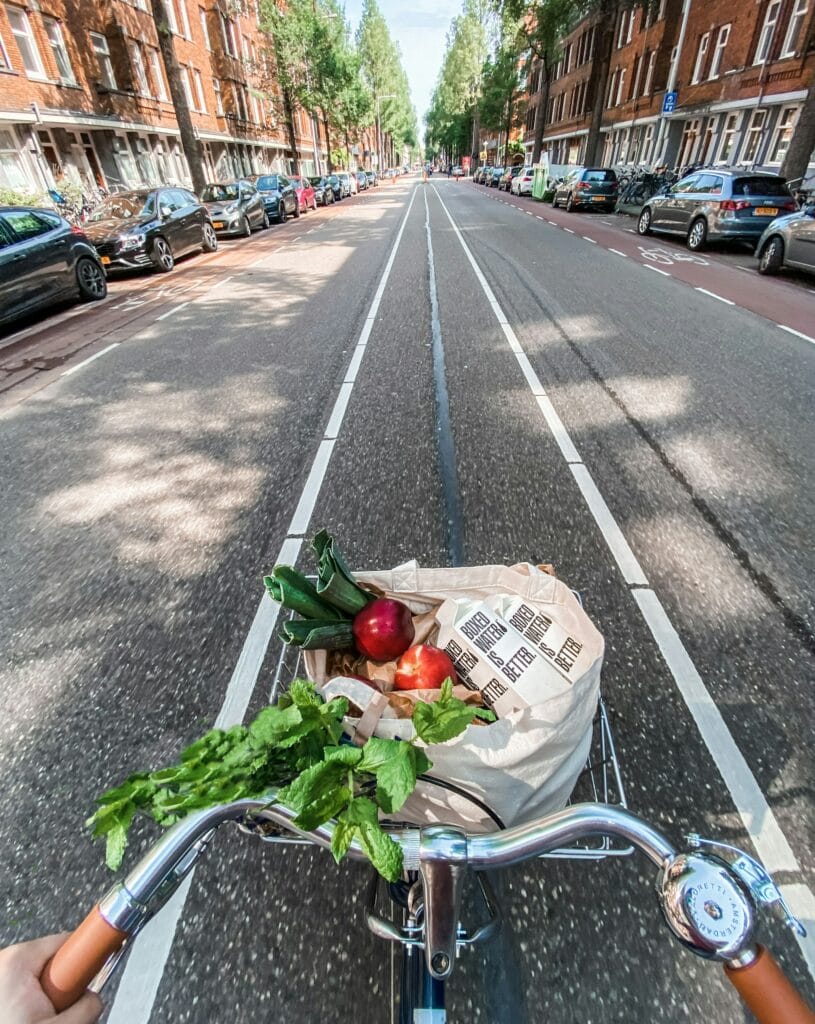Sustainability is becoming a need rather than an option in the modern world. It is imperative that we incorporate eco-friendly practices into our everyday lives since pollution, resource depletion, and climate change are endangering our world. The concept of living sustainably, however, overwhelms a lot of individuals because they believe it calls for significant adjustments or costly fixes. The goal of sustainability made easy is to dispel this myth by emphasizing the modest but significant steps that people and organizations can take to save the environment. Simple adjustments may have a big impact on creating a greener future, from cutting back on waste and energy to making thoughtful purchases.
Companies are essential in advancing sustainability as well. Businesses that use sustainable materials, employ circular economy models, and lower carbon emissions are all examples of eco-friendly activities that help achieve global environmental goals. Governments and organizations throughout the world are promoting green projects through awareness campaigns, incentives, and legislation. By simplifying sustainability, companies and individuals can collaborate to build a more sustainable future without feeling overburdened.

Energy Conservation: Small Changes, Big Impact
Energy consumption is a significant contributor to environmental degradation. By adopting modest energy-saving behaviors, we can make a huge difference. Here are some practical steps:
- Switch to Energy-Efficient Lighting: You can save up to 75% on energy costs when you replace standard bulbs with LED lighting.
- Unplug Idle Electronics: A lot of electronics use energy when they are in standby mode. Unplugging them may avoid needless energy waste.
- Optimize Heating and Cooling: Improving HVAC system efficiency through proper insulation and routine maintenance may decrease energy consumption.
- Use Natural Light: By making the most of natural sunshine, you require less artificial lighting, which saves energy.
By integrating these practices into daily routines, energy conservation becomes a seamless part of life, embodying the essence of sustainability made simple.

Waste Reduction: Practical Steps to Minimize Waste
One of the biggest environmental challenges is waste creation. In keeping with the idea of sustainability made simple, these activities not only reduce the amount of trash produced but also encourage a more sustainable way of living. You can achieve effective waste reduction by putting simple techniques into practice:
- Embrace Reusable Items: Opt for reusable bags, bottles, and containers to minimize single-use plastics.
- Practice Composting: Composting organic waste diverts significant amounts from landfills and enriches soil health.
- Recycle Properly: Familiarize yourself with local recycling guidelines to ensure you process materials correctly.
- Mindful Consumption: Purchase only what is necessary, focusing on quality over quantity to reduce waste generation.

Sustainable Consumer Choices: Making Informed Decisions
Our purchasing decisions have far-reaching environmental impacts. By making informed choices, we can contribute to sustainability:
- Support Ethical Brands: Choose firms dedicated to sustainable methods and fair working conditions.
- Prioritize Local Products: Buying locally saves transportation emissions and promotes neighborhood economy.
- Select Sustainable Materials: To reduce your influence on the environment, choose goods that are manufactured from recycled or renewable resources.
- Evaluate Product Lifecycles: Before making a purchase, think about a product’s longevity and how it will be disposed of at the end of its usage.
By following these guidelines, customers may increase demand for eco-friendly goods and strengthen the idea of sustainability made simple.

Eco-Friendly Business Practices: Integrating Sustainability into Operations
Companies are essential in advancing sustainability. Significant environmental advantages can result from putting eco-friendly strategies into practice:
- Put Energy-Efficient Technologies into Practice: Purchasing energy-efficient machinery lowers operating expenses and has a positive environmental impact.
- Adopt Sustainable Supply Chains: To guarantee responsible procurement, collaborate with suppliers who place a high priority on sustainability.
- Encourage Remote Work: Promoting telecommuting lowers workplace energy use and emissions from commute.
- Engage in Corporate Social Responsibility (CSR): Take part in projects that improve society and the environment while boosting a brand’s reputation.
Businesses can help create a sustainable future by using these tactics, which serve as an example of sustainability made easy in the business sector.
Case Study
Sweden’s Journey Toward Sustainability
Sweden has become a global pioneer in sustainability, showing how easy it is to apply sustainability at the national level. The nation has effectively incorporated waste management systems, renewable energy sources, and environmentally friendly regulations that set an example for the rest of the globe.
Sweden’s dedication to renewable energy is among its most noteworthy accomplishments. Renewable energy sources, such as wind, water, and bioenergy, provide around 60% of the nation’s energy. In order to lessen the country’s carbon impact, the Swedish government has also provided incentives for businesses and families to use energy-efficient measures. Furthermore, less than 1% of residential garbage ends up in landfills because to Sweden’s innovative waste-to-energy system. Rather, companies and residences transform garbage into energy to help run them.
Beyond environmental initiatives, Sweden encourages sustainability in day-to-day activities. Eco-friendly urban development, public transportation, and cycling are all promoted throughout the country. Sweden demonstrates that collective action can achieve sustainability by combining business responsibility, government regulations, and citizen engagement.
Costa Rica’s Commitment to Sustainability
Because of its emphasis on conservation, renewable energy, and environmentally friendly legislation, Costa Rica’s sustainability indexes has emerged as a global leader in green world. More than 99 percent of the nation’s electricity is produced from renewable energy sources, such as solar, wind, and hydropower. Its carbon footprint has decreased dramatically as a result of this change, demonstrating the viability and affordability of renewable energy. In order to preserve its abundant biodiversity, the government has also put strong regulations into place, guaranteeing that about 30% of its territory is set aside as national parks and protected areas.
Along with conservation and energy initiatives, Costa Rica supports ecotourism and sustainable agriculture. In order to reduce pesticide use and improve soil health, farmers are urged to switch to organic and regenerative farming practices. The nation’s dedication to ecotourism has also resulted in ethical travel habits, which guarantee a low environmental effect while stimulating the economy. Costa Rica is a prime example of how countries may achieve long-term sustainability while promoting economic growth through a mix of progressive legislation, public awareness, and international cooperation.
Top Questions About Sustainability Made Simple
1. What are simple ways to practice sustainability daily?
Include practices such as conserving energy, cutting back on waste, selecting sustainable goods, and patronizing environmentally conscious companies.
2. How can businesses implement sustainable practices?
Companies may participate in CSR projects, create sustainable supplier chains, promote remote work, and use energy-efficient technology.
3. Why is sustainability important?
Sustainability fosters social justice, economic viability, and environmental health to safeguard the welfare of our world and future generations.
4. How does waste reduction contribute to sustainability?
Reducing trash helps to preserve the environment by lowering pollution, conserving resources, and easing the strain on landfills.
5. What role do consumers play in sustainability?
Through their well-informed purchase decisions, consumers create demand for sustainable practices and products, which in turn encourages businesses to implement eco-friendly operations.
Conclusion
Adopting sustainability only involves making deliberate decisions that add up to major environmental advantages rather than making abrupt adjustments. Businesses and people can help create a more sustainable future by putting these easy-to-implement yet powerful ideas into practice. Recall that everyone can achieve sustainability made simple.








